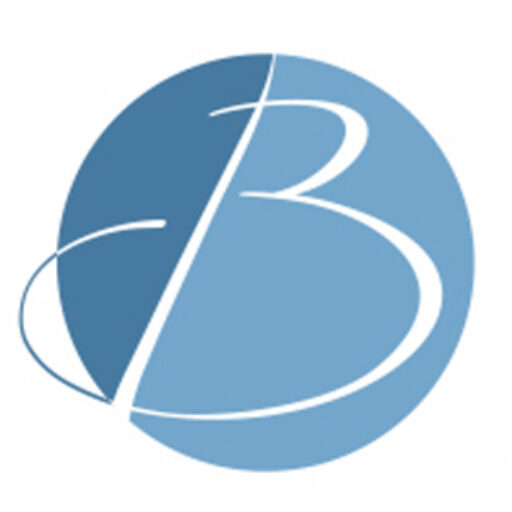
Last month, I shared Dr. Russell Barkley’s big idea: ADHD is like driving a car with faulty brakes. The challenge isn’t intelligence—it’s self-regulation. You may know what you want to do, but putting on the brakes, pausing long enough to plan, and then moving forward with intention? That’s where ADHD makes life harder.
This month, let’s dive into the seven executive functions Barkley identifies. These are your brain’s super tools for success—the built-in equipment designed to help you focus, plan, and follow through on what matters most.
What Makes ADHD Executive Functions So Powerful?
Think of executive functions as your brain’s command center. They help you:
- Control impulses before acting.
- Stay focused long enough to finish tasks.
- Picture the future and plan ahead.
- Regulate emotions so they don’t derail you.
- Generate motivation even when rewards are far away.
When these functions are strong, you can:
- See clearly where you are.
- Stay on course with confidence.
- Avoid costly detours.
- Reach the destination that matters most.
The Seven ADHD Super Tools You Already Have
Dr. Barkley names seven executive functions—what I call mind tools. Here’s how each one works, where ADHD brains struggle, and how you can strengthen them.
1. Ignite Your Awareness with the Mind’s Mirror (Self-Awareness in ADHD)
This tool helps you see yourself in real time. It’s the inner reflection that says: What am I doing right now, and how does it affect me and others?
- Everyday example: You catch yourself interrupting in a meeting and adjust mid-conversation.
- ADHD roadblock: Without a clear mirror, you may not notice until later—or only when someone points it out.
✨ Quick win: Pause and ask, “How am I showing up right now?” That one question builds powerful awareness.
2. Hit the Pause Button with the Mind’s Brakes (Inhibition and ADHD Impulsivity)
This is your ability to stop and think before you act.
- Everyday example: You want to buy something online, but your brakes say, Wait—do I really need this?
- ADHD roadblock: Weak brakes mean blurting, overspending, or firing off an email too quickly.
✨ Quick win: Build external brakes—count to five, keep sticky notes that say “Pause,” or set alerts that remind you to slow down.
3. See the Future with the Mind’s Eye (Nonverbal Working Memory in ADHD)
Your inner movie screen lets you visualize outcomes and plan ahead.
- Everyday example: You picture tomorrow’s smooth presentation because you’ve prepared tonight.
- ADHD roadblock: Without a strong movie screen, the future feels invisible, so preparation doesn’t seem urgent.
✨ Quick win: Draw it, sketch it, or put it on a calendar. Making the future visible keeps it top of mind.
4. Stay on Track with the Mind’s Voice (Verbal Working Memory in ADHD)
This is your self-talk—the inner voice that coaches you through tasks.
- Everyday example: You quietly repeat, First open the document, then outline, then draft.
- ADHD roadblock: Without this guide, steps vanish. Tasks feel overwhelming and chaotic.
✨ Quick win: Talk it out loud, record a voice note, or use step-by-step checklists to give your brain the voice it needs.
5. Calm the Storm with the Mind’s Heart (Emotional Regulation and ADHD)
This tool helps you manage strong feelings so they don’t hijack your behavior.
- Everyday example: You receive tough feedback but take a breath before reacting defensively.
- ADHD roadblock: Emotions arrive fast and big, leaving you stuck in frustration or shame.
✨ Quick win: Practice a five-second pause. Breathe, step back, and let your heart cool before responding.
6. Fuel Your Drive with the Mind’s Tank (Self-Motivation in ADHD)
This is your ability to keep going even when the reward isn’t immediate.
- Everyday example: You start studying even though the exam is days away.
- ADHD roadblock: Without internal fuel, you procrastinate until the deadline is right in your face.
✨ Quick win: Break tasks into tiny wins, use body doubling, and connect each task to your bigger “why.”
7. Play to Win with the Mind’s Playground (Planning & Problem-Solving in ADHD)
Here’s where imagination and problem-solving come together.
- Everyday example: You brainstorm vacation ideas, weigh the options, and create a plan.
- ADHD roadblock: Without structure, planning feels overwhelming—or never happens at all.
✨ Quick win: Use a whiteboard, mind map, or sticky-note brainstorm. Make planning playful, not punishing.
Why These ADHD Super Tools Matter
These tools aren’t about IQ—they’re about regulation. Many ADHD thinkers are brilliant, creative, and visionary. But when executive functions struggle, channeling that brilliance into consistent action gets tough.
Think of your executive functions as a GPS for life:
- Locate yourself: Where am I right now?
- Chart your direction: What matters most today?
- Stay on course: How do I avoid distractions?
- Arrive with purpose: What steps will get me there?
The Secret Ingredient: Self-Compassion for ADHD Brains
Here’s the truth: you already have these seven tools. They may be underused or inconsistent, but they are part of your brain’s design. ADHD doesn’t take them away—it simply makes them harder to access on demand.
That’s why compassion matters. Instead of asking, Why can’t I just do this? try asking:
- Which tool do I need right now?
- What kind of support will help me use it?
With strategies, coaching, and encouragement, your tools can become sharper, steadier, and stronger.
Takeaway: Power Up Your ADHD Executive Functions
✨ Today’s takeaway: Your seven super tools are real, they are yours, and with practice, they can transform daily struggles into steady progress.
Try this exercise today:
- Choose one tool from the list.
- Notice when it shows up in your day.
- Boost it—write it down, say it out loud, or ask for support.
Small, consistent steps will fuel big change. Remember: you are not broken—you are brilliant. Your brain’s seven super tools are waiting to be powered up.
Learn more from Russell Barkley’s YouTube Channel.

